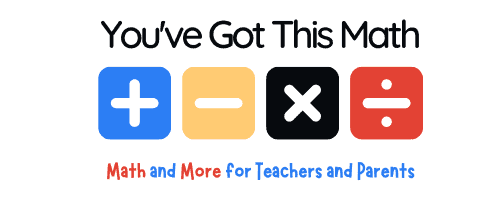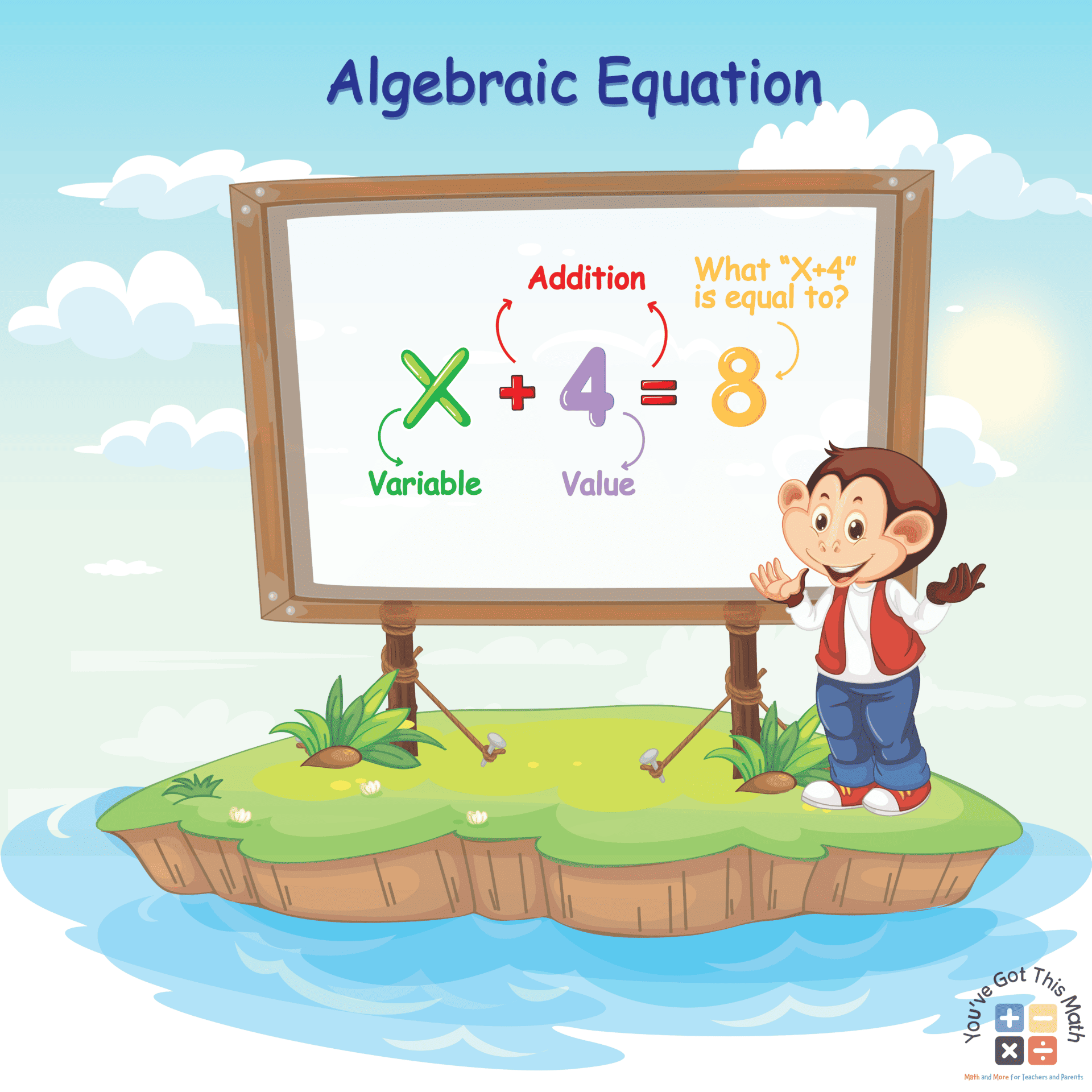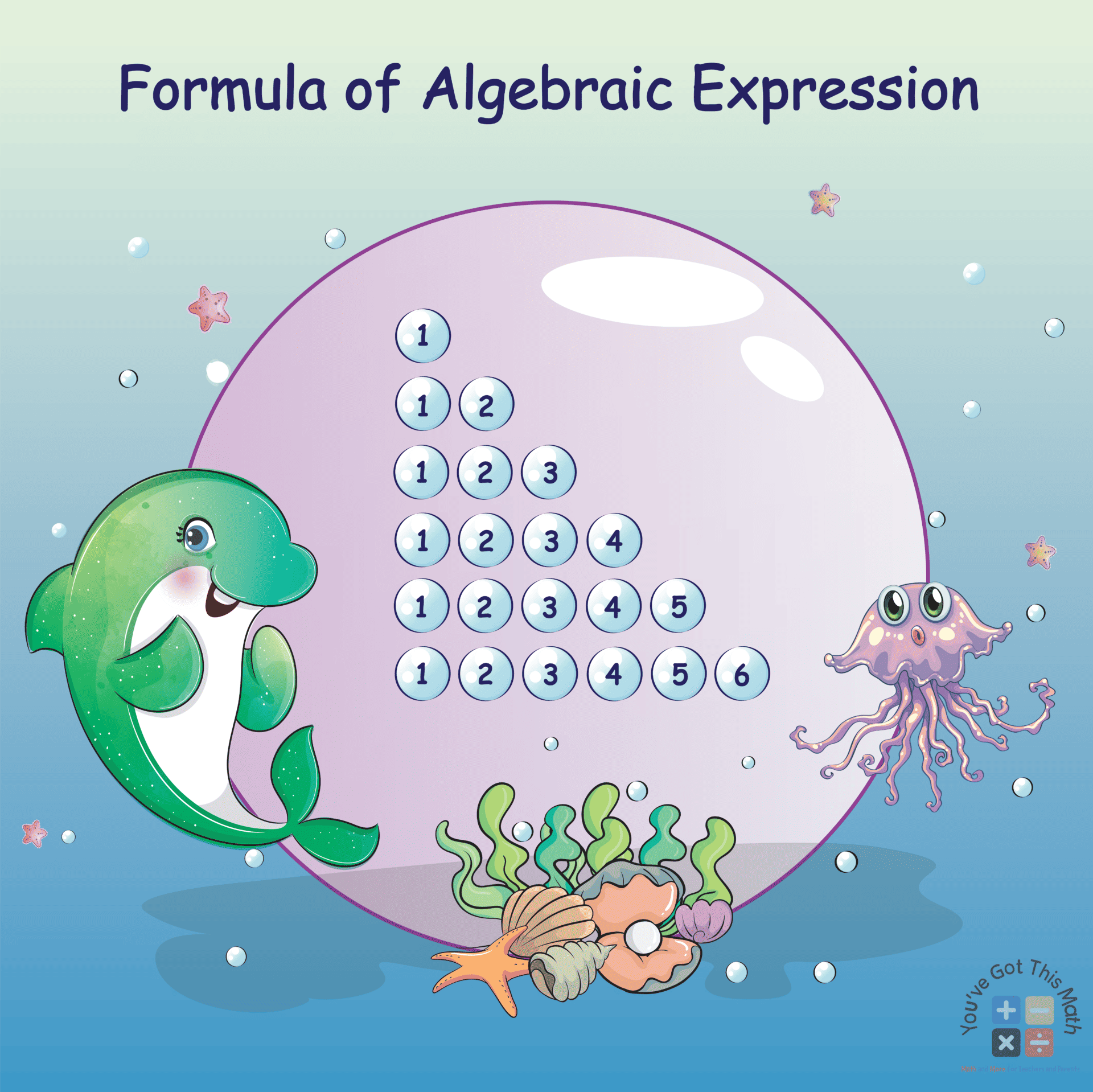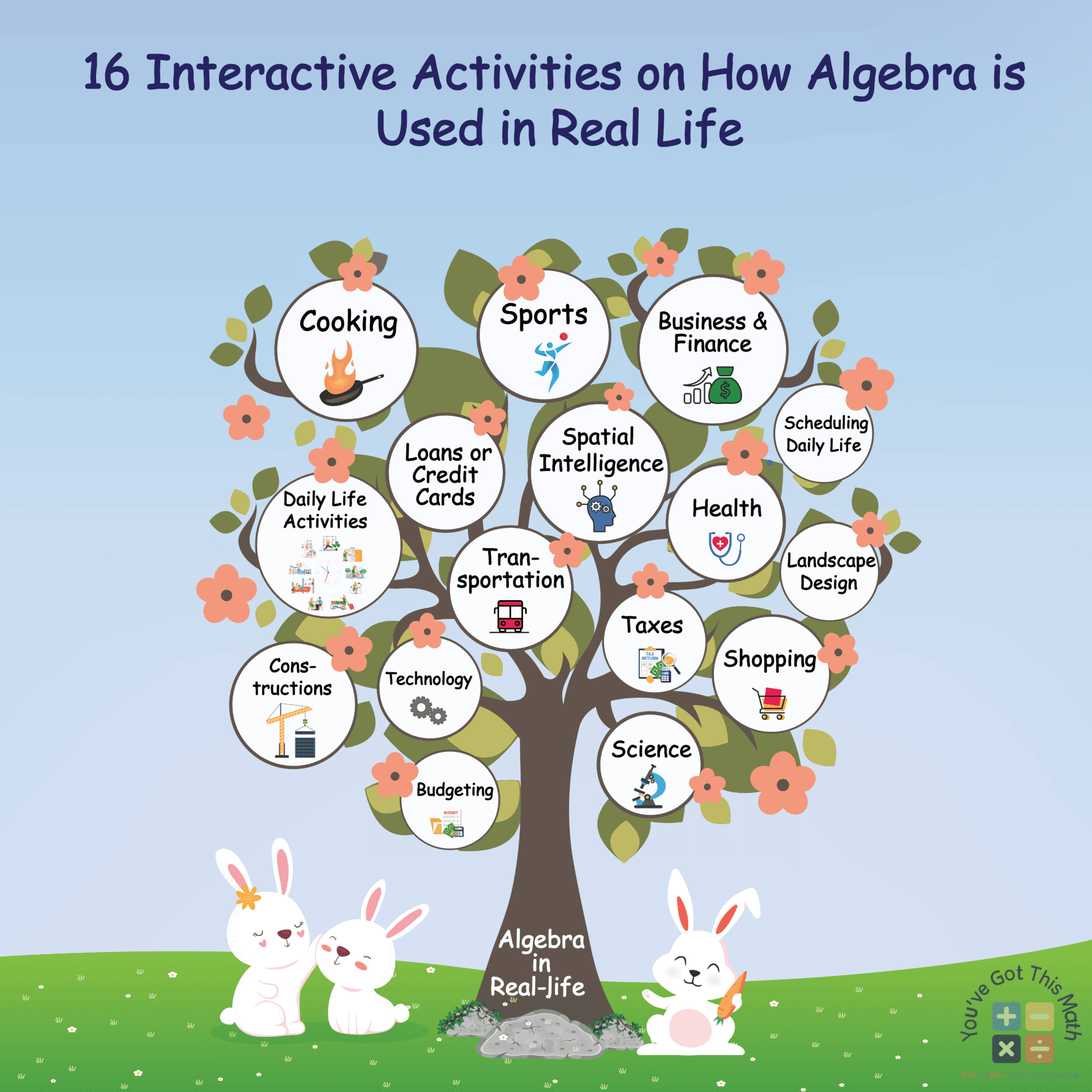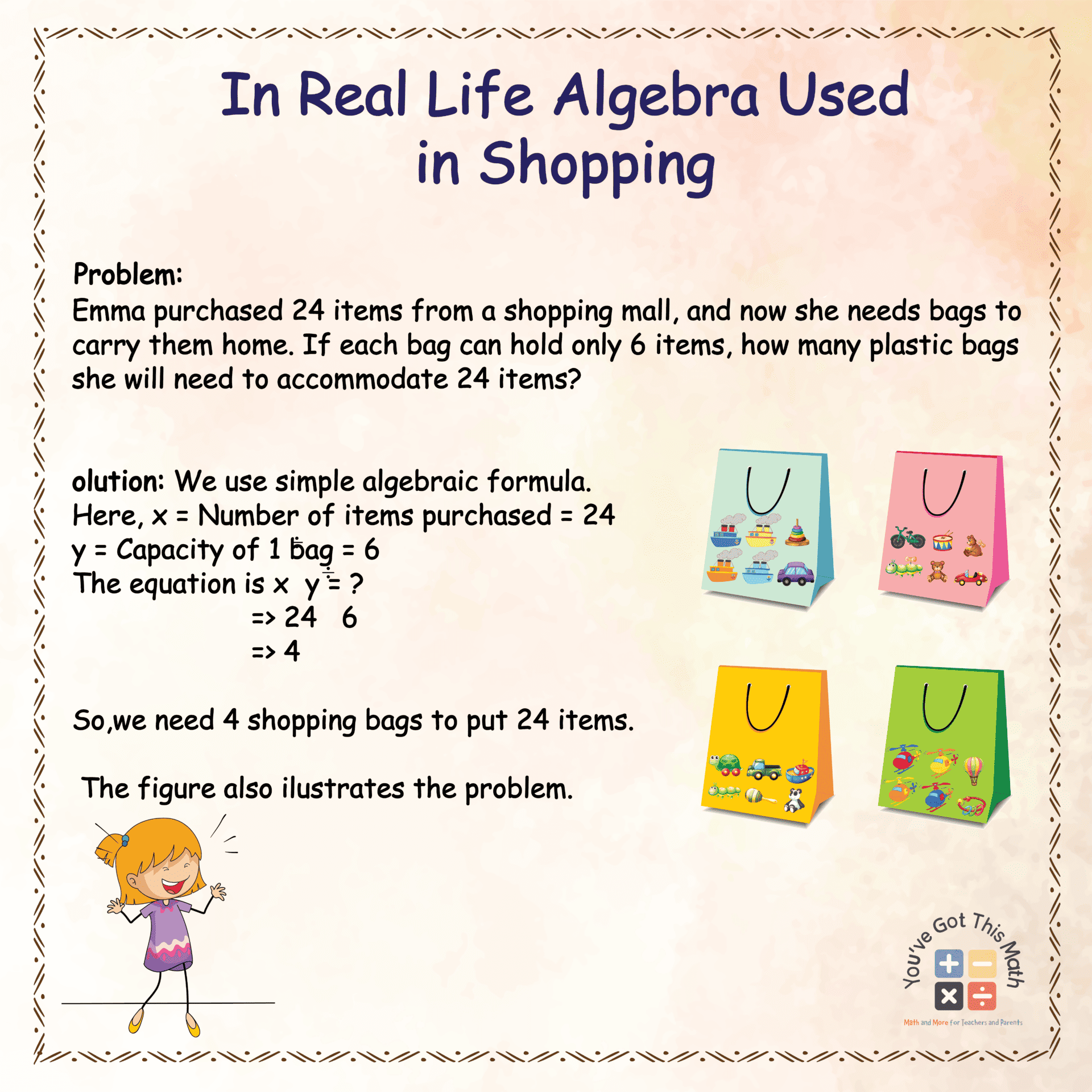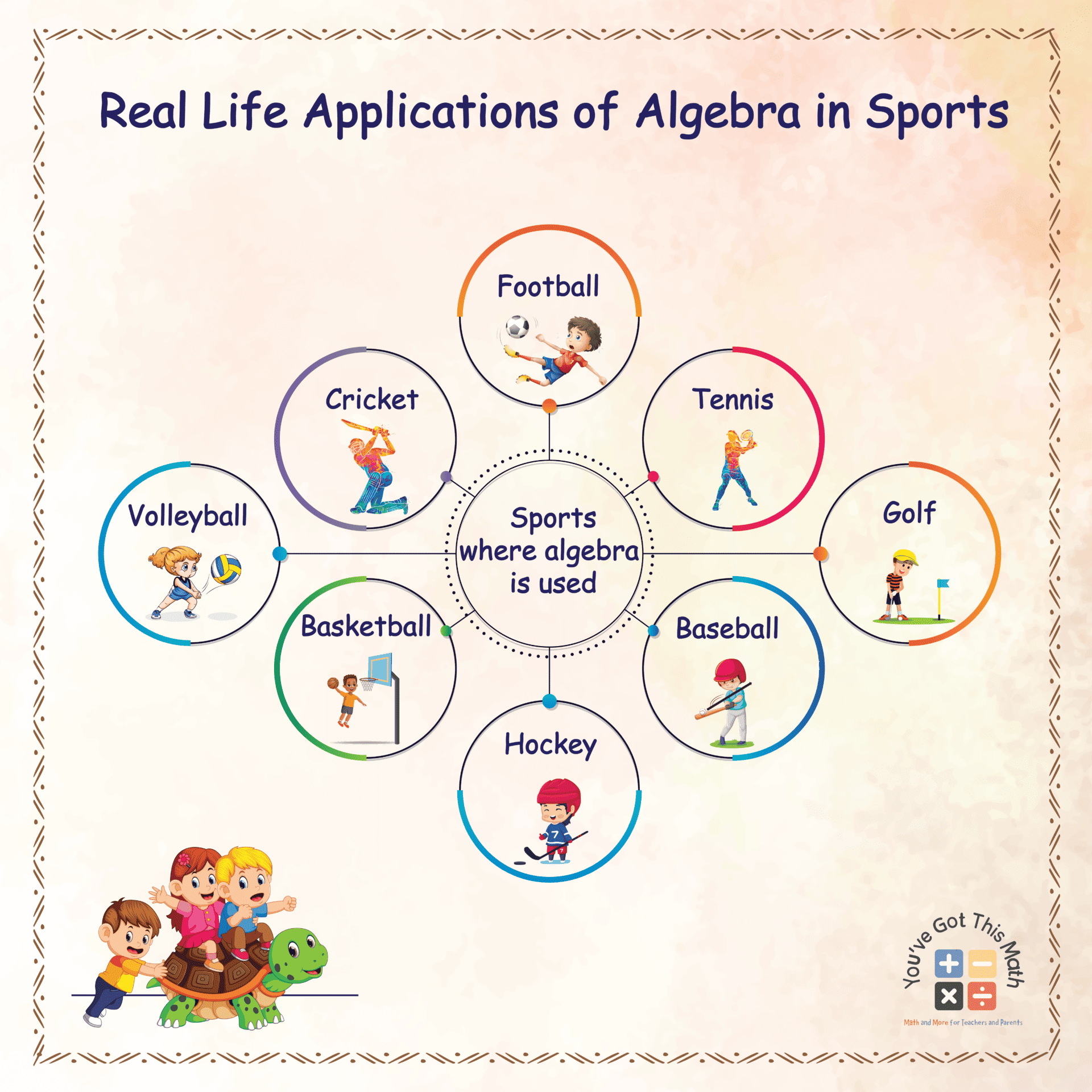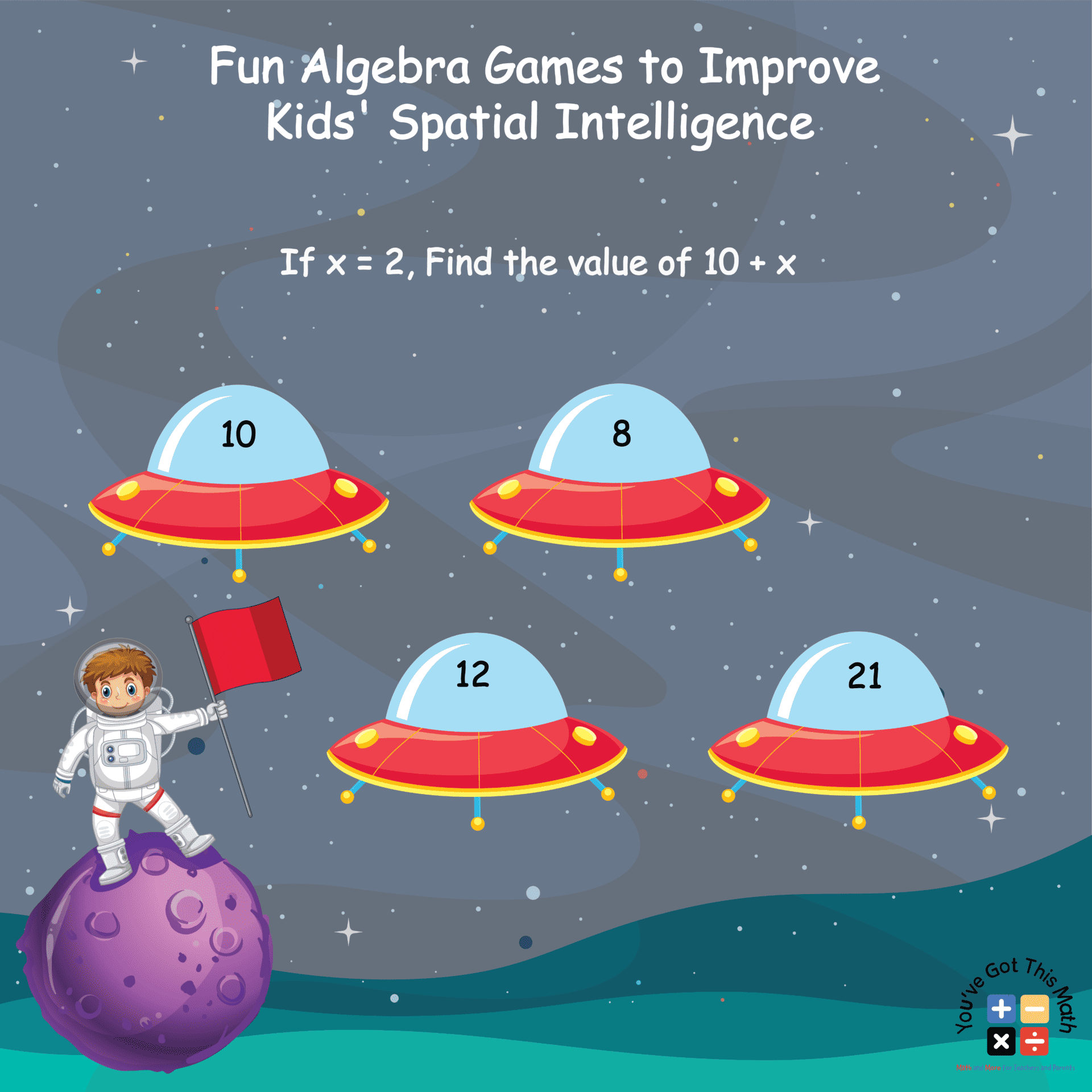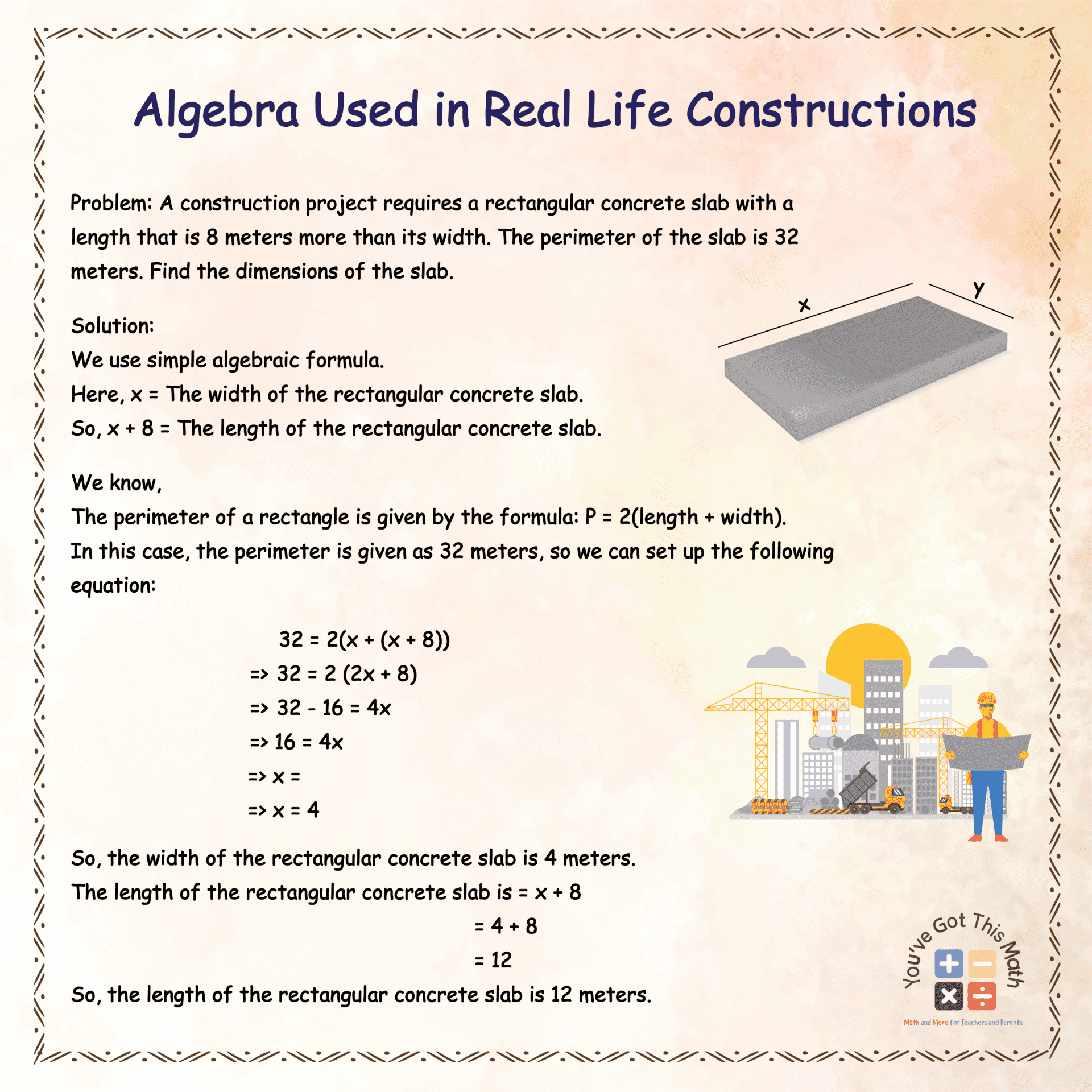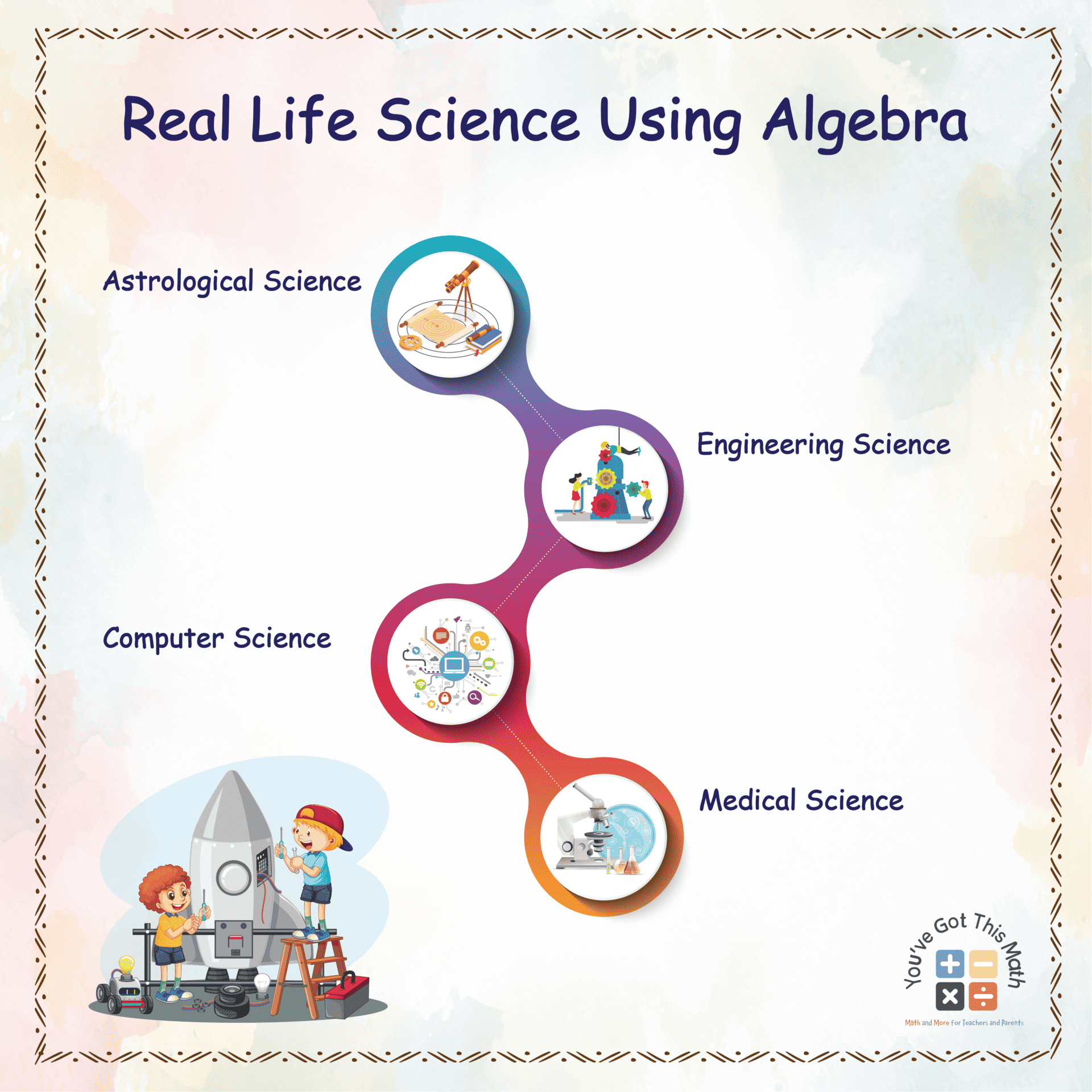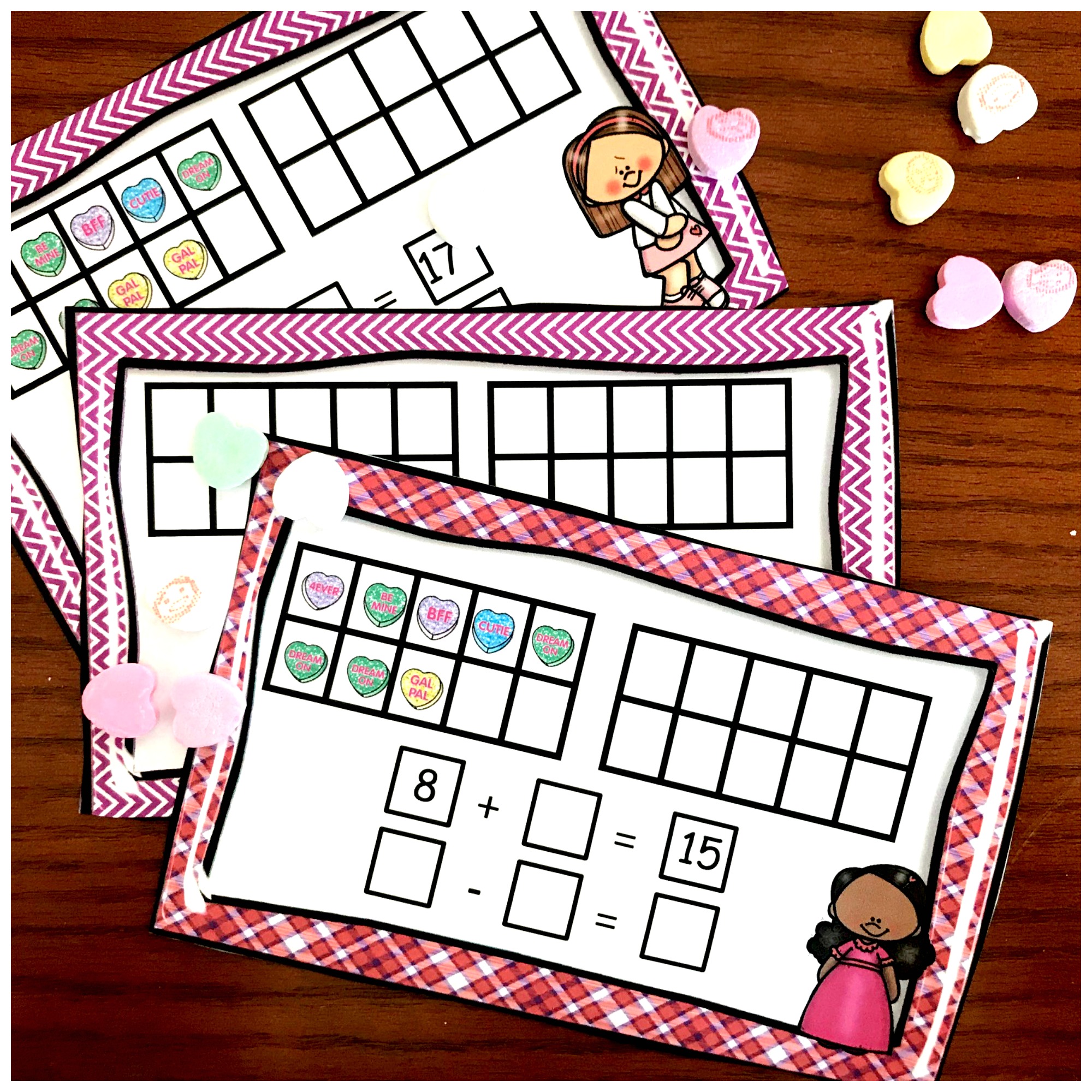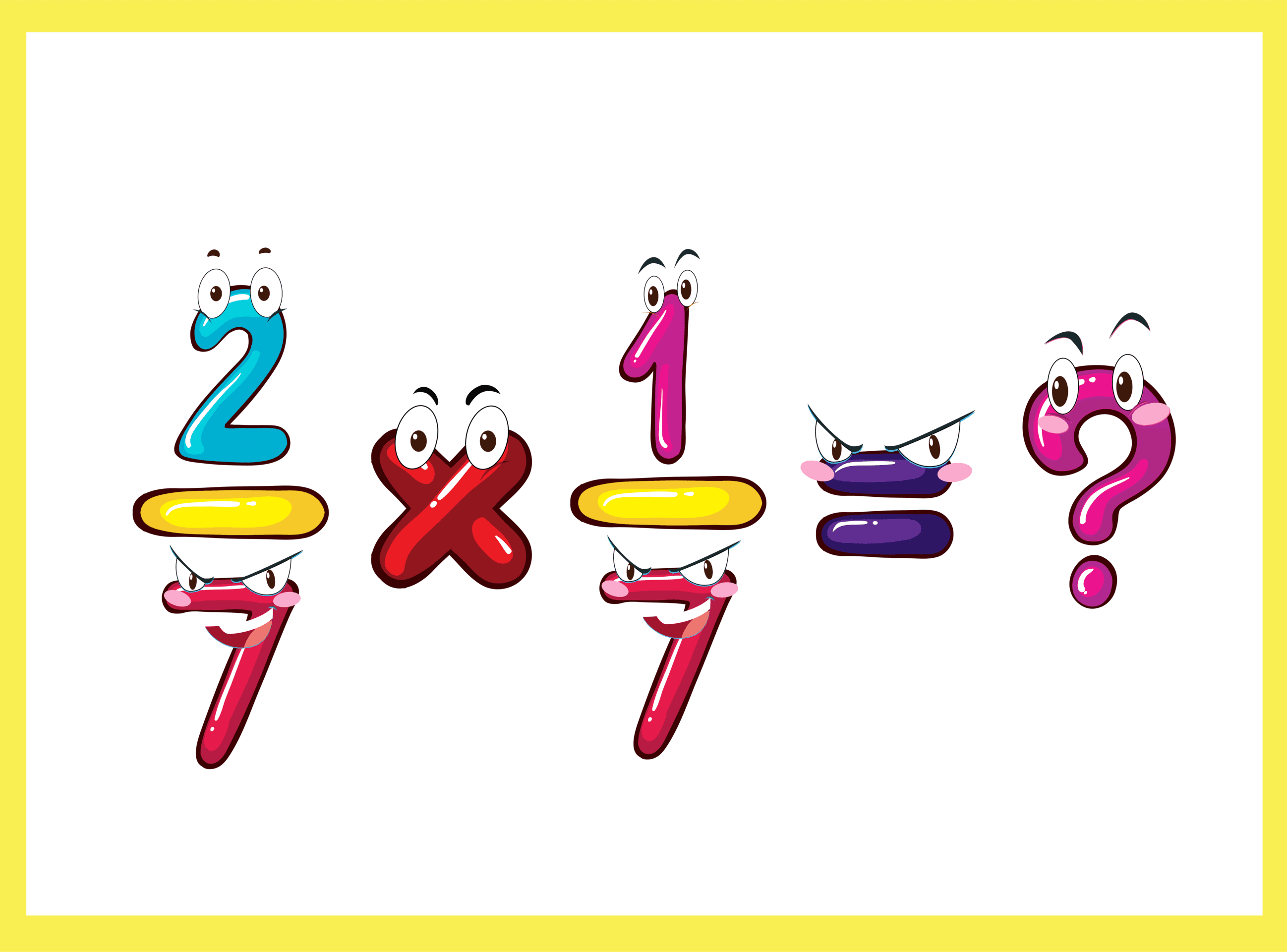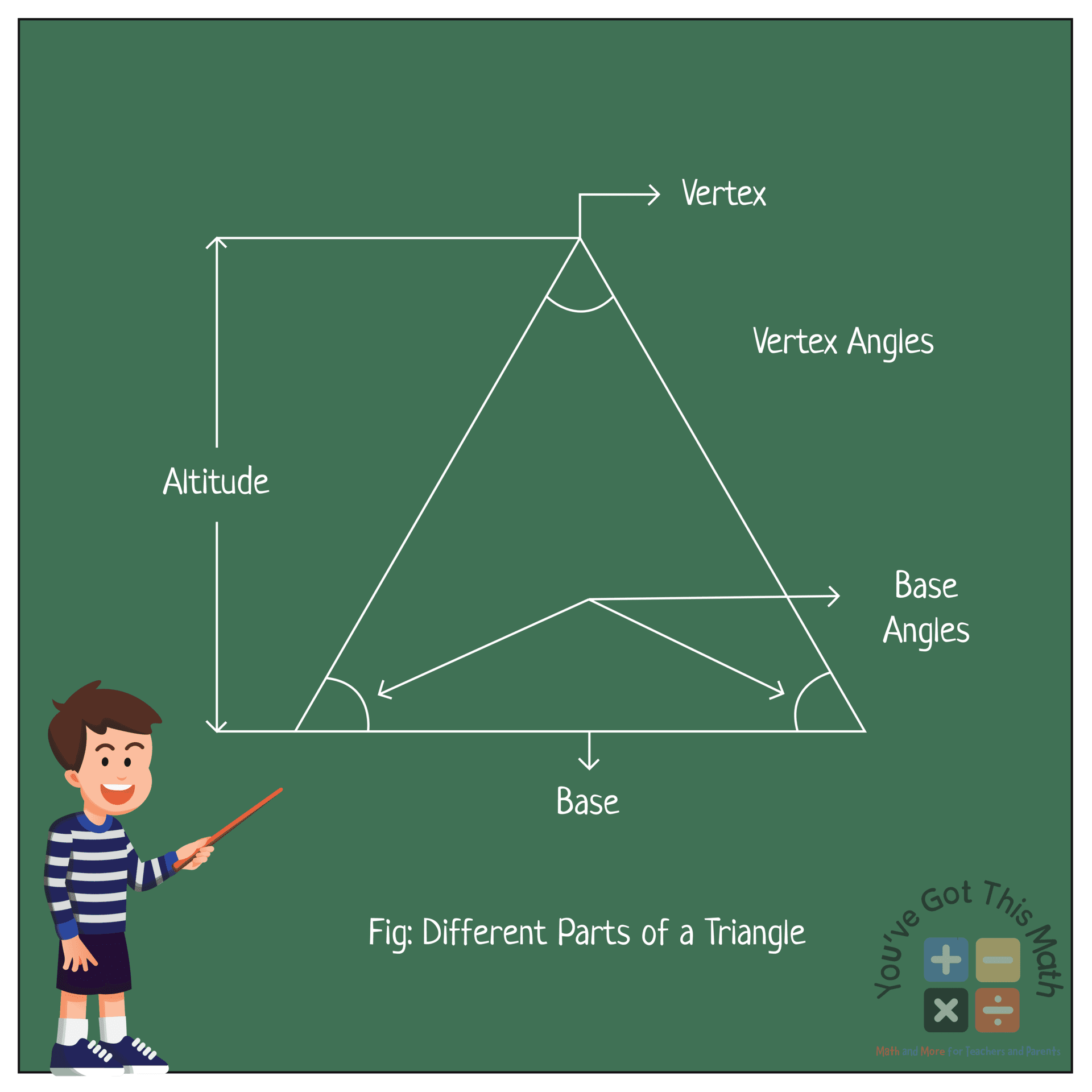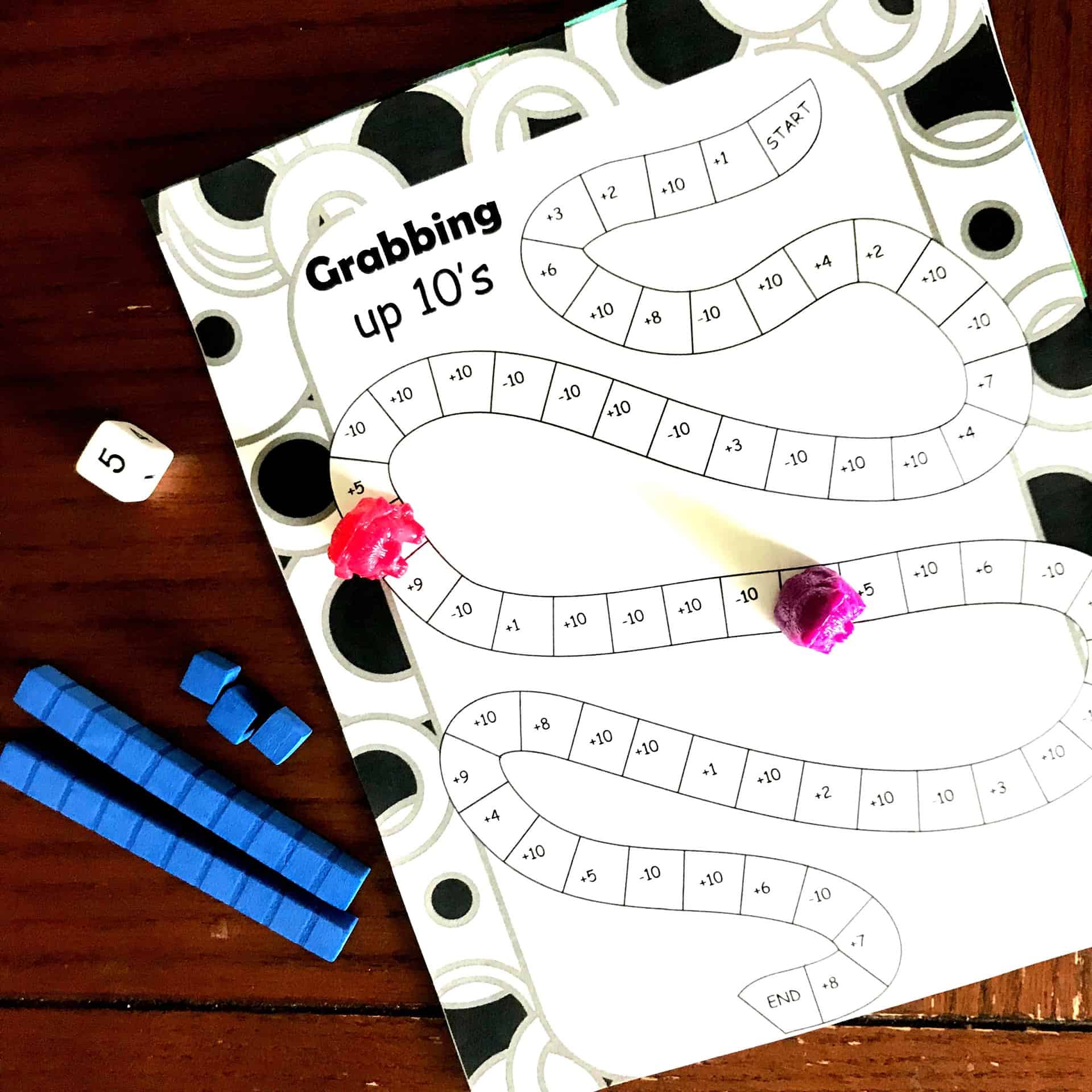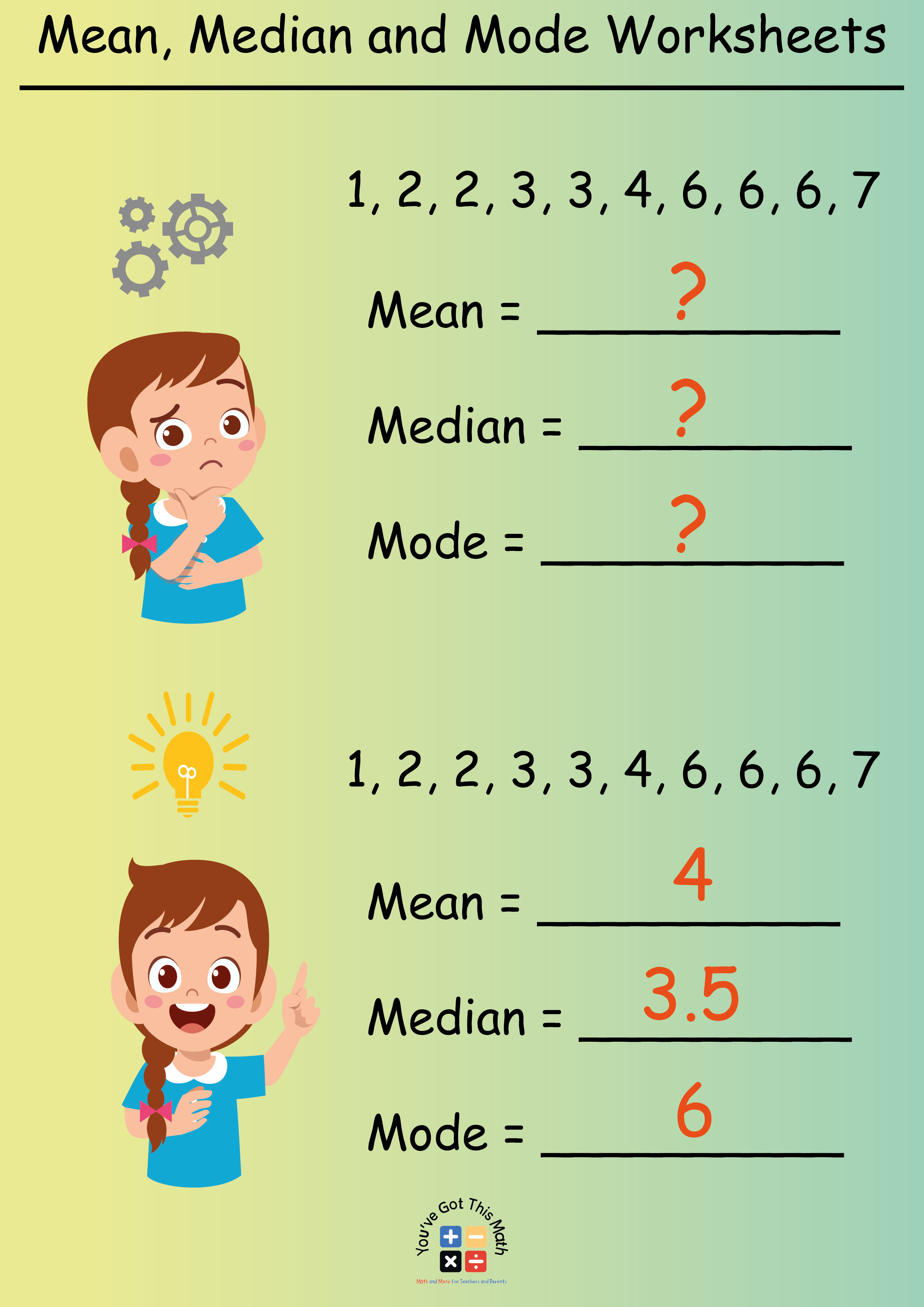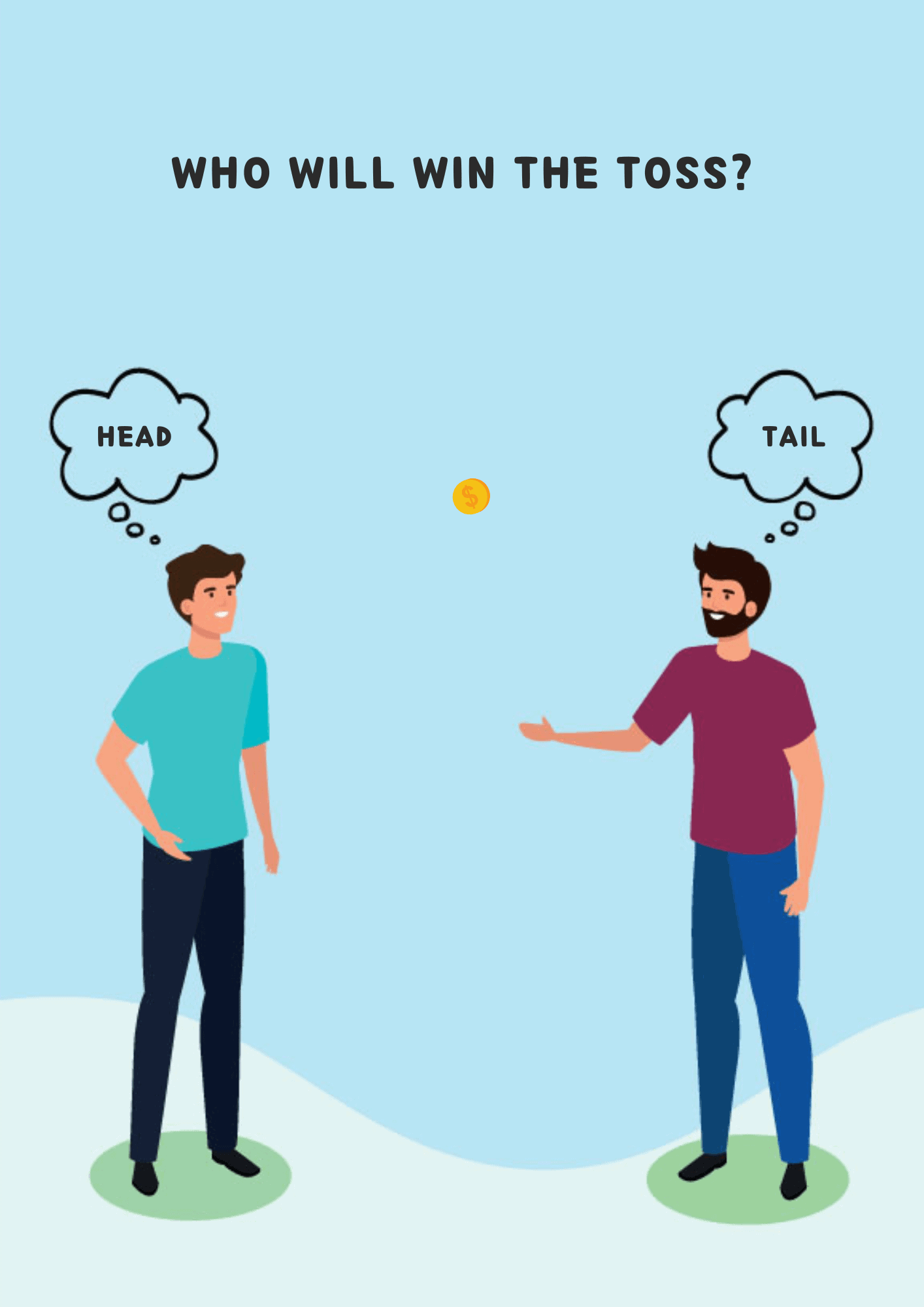16 Fun Examples of How Is Algebra Used in Real Life
Algebra is one of the fundamental pillars of mathematics that are used every single day, every single time we do any kind of operation. Algebra is inextricably related to real life. From the moment we wake up until the moment we go to bed, practically everything we do involves algebra. So, students need to know how is algebra used in real life. Today we are going to explore the incredibly vast field of real-life application of algebra and algebraic expressions.
Introduction to Algebra
The area of mathematics known as algebra deals with mathematical symbols and the rules to manipulate the mathematical structure.
It is used to study and express relationships in mathematics. Algebraic expressions’ structural elements are constants, operators, and variables.
All branches of mathematics, such as trigonometry, calculus, and coordinate geometry, employ algebra. A simple algebraic equation is x + 4 = 8.
Variable
Variables are these symbols that don’t have fixed values. x, y, z, a, b, c, etc are the variables.
Operator
Operator means mathematical operations like multiplication, division, addition, and subtraction that are used to create a meaningful mathematical equation.
Constant
Constants are fixed numbers that are used in algebraic expressions. 1, 2, 3, 4, etc. are the constants.
For clarity of understanding, an image is given.
Formula of Algebraic Expression
Let’s think about the picture below. It was made with the aid of bubbles. Here, we can see that the first row contains two bubbles, the second three, the third four, and so on.
The picture is here that helps explain the formula of an algebraic expression.
As a result, we see that every additional row has an additional bubble. We can format the representation as follows:
The number of bubbles used in a row = Position of the row + 1
or as, the number of bubbles used in a row = n + 1.
Here, the row’s position is indicated by the n.
Therefore, “n” is an example of a variable that can take any value, such as 1, 2, 3, and so on. As a result, n + 1 is the algebraic expression created using n as a variable and 1 as a constant.
Importance of the Application of Algebra in Real Life
Real-world applications of algebra can be found in a wide range of sectors, including engineering, science, sports, shopping, budgeting, business and freelancing, cooking, etc.
16 Interactive Examples of How Algebra Is Used in Real Life
I’ll explain 16 interactive activities about how algebra is used in real life. I want to talk about interactive real-world activities in this article along with some fun games and images.
I’m adding a diagram to show the sixteen interactive examples on how algebra is used in real life.
Time Managing and Scheduling Daily Life Activities with Algebra
When you create an activity schedule, you are essentially splitting the entire day and adding up the times needed to execute the targeted activities.
Therefore, if you decide to set the alarm for 6 am, the simple way to determine whether you will arrive at work on time or not requires doing an algebraic calculation in your head.
To be on time for work or any meeting, you need to work with algebraic variables such as hours, times spent on various tasks, and occasionally new, unplanned duties. Everyone schedules activities. And having an understanding of algebra makes you the real king of the day since you can use variables and include them in equations.
As a result of algebra playing a role, everything is completed accurately and on time.
In Real Life Algebra Used in Shopping
Shopping is the most typical activity that everyone engages in. And it does have a significant algebraic role. Even if you are unaware that you have utilized it, the reality remains true.
Suppose You need shopping bags to transport your 24 purchases from the shopping center to home. How many shopping bags will you need to fit 24 items if each bag can only hold 4 items? The various toys inside the bags represent the many products bought.
This figure represents this simple algebraic fun math solution.
Algebra Used in Business & Finance in Real Life
Just like in other fields, algebra is essential in business and finance. Algebraic operations are used by a business owner to determine whether there were profits or losses. To determine whether a piece of equipment is still valuable and in stock, a businessperson will use algebra.
The business owner must also determine the lowest price at which a product may be offered while still making a profit.
For those who work in finance, exchange rates and interest rates are frequently represented algebraically; as a result, accurate financial management requires a solid understanding of algebraic operations.
A solid understanding of numbers, particularly mathematics, is also necessary in order to comprehend the terms and conditions of a loan or investment account. Additionally, the growth of the commercial market is frequently exponential, necessitating a solid understanding of fundamental algebraic processes.
Applying for Loans or Credit Cards Requires Algebra
We sometimes face financial problems and need loans to help us in those situations. The application process for loans uses algebra.
Algebra is used in amortization tables and variable interest rates. The more we understand the algebraic equation, the better equipped we are to deal with loans and debt.
To apply for a credit card, you also need to know the application of algebra.
For Computing Taxes, Algebra Is Necessary
In order to earn money as adults, people must work. They might need to calculate their tax liability.
Calculations are required throughout the process, such as determining the tax rebate cap and dividing earnings into several investment possibilities.
This method of determining tax liabilities is based on doing algebraic calculations with income, the minimum amount required to qualify for a rebate, etc. as the variables. Algebra aids employees in organizing their revenue and expenses and determining their taxable compensation.
Real Life Applications of Algebra in Sports
Several departments use Algebra in the field of sports. A sports analytics department deals with information like player form, weather, home or away grounds, etc. that is quite reminiscent of algebraic variables.
Who has a better chance of winning is possibly predicted using algebraic formulas. When players plan how to score a goal, they are also completing a little algebra in their heads. It is because of Algebra that they can score goals when they select a particular shot.
The fundamentals of algebra are used throughout the gaming in both indoor and outdoor games including table tennis, Carrom, and numerous card games. The mathematical computation of the hand value that determines the likelihood of a winning hand is called the expected result.
Similar to this, a carrom player’s ability to score on any board depends on their use of algebra.
An image of the sports fields where algebra is used is included below for quick understanding.
Fun Algebra Games to Improve Kids’ Spatial Intelligence
Children who are learning to walk or stand must determine the appropriate height or distance from any object they might choose to use to support their standing or walking.
Even though they are using a walker, they are mentally applying algebra to calculate how far they can move it before running into something. Algebra also comes into play when a child is attempting to determine whether or not an object’s shape can be understood.
Furthermore, while the kids are attempting to play activities requiring spatial reasoning, algebra is in use. Only because of specific algebraic equations that they may learn about in later stages of their education do they visualize the shapes and patterns and solve puzzles.
Thus, even though they lack cognitive, children develop spatial intelligence by using algebra.
Here is a fun math game that shows how algebra games use to improve kids’ spatial intelligence. It is posted below.
For clarity of understanding, a fun algebra game is given.
Now, it’s your turn to enjoy this fun game with this lovely worksheet.
Algebra Used in Cooking
One fascinating application of algebra can be found in the kitchen.
Algebra comes to your rescue and helps you locate the proper quantity of components to create food suitable for varied sizes of servings, especially when you are creating products like curry, cookie, cake, fast food, vegetables, soups, etc., where the proper combination of the elements is highly vital.
The variables are made up of all ingredient quantities and serving sizes. In order to make sure that there is enough food available and that it tastes wonderful, the cook uses algebraic intelligence. Such is the scope of algebraic application in cooking.
You decided to create an equation with two variables this time. The total number of cups of sugar you should use in your recipe is represented by the variable y. In this equation, it serves as the target variable.
The number of guests that you are attempting to feed is represented by the variable x. The beauty of this equation is that you can always modify the value of x to the number of people you are cooking for whenever you need to prepare your recipe for more than four people.
You may then calculate how many cups of sugar to utilize on that particular occasion.
In Order to Be Healthy and Fit, Algebra Is Necessary for Real Life
Even your health can benefit from understanding algebra. You may have seen that when trying to lose weight, you first determine your Body Mass Index (BMI), then pay attention to what you eat and so track your caloric intake. At this time, a few equations are used to calculate BMI.
Similarly to this, additional formulae may be needed to determine your body fat percentage. Unexpectedly, several equations can be useful to you while trying to lose weight in one way or another. When lifting weights in the gym, a trainer assesses an individual’s weight to determine how much weight the latter can lift.
So, in order to be healthy and fit, algebra is necessary for real life.
Algebra Used in Real Life Constructions
Another field of using algebra in real life is construction. People who work in the construction industry must consider a lot of criteria, including time, labor hours, the number of people needed, and, of course, the amount of money required, to determine if the project will be ready for possession on schedule or not.
All of these variables, such as labor hour vs. total project duration, labor cost, etc., are truly algebraic variables that realtors use in equations to obtain significant and important results, such as the project’s expected overall profits or loses and other relevant issues.
They can also get ready for emergencies with the aid of algebra. As a result, algebra is frequently used in construction.
A fun word problem related to Algebra Used in Real Life Constructions- solving image is given.
Interiors and Landscape Design Use Algebra
Other industries that demand proficiency with both numbers and fundamental algebraic operations are landscaping and interior design. Algebra is used across the entire architecture system, not just in the design of interior spaces or landscapes.
You’ll see that algebra is necessary when creating a planter box. To begin, measure the box’s length, width, and height. Next, determine its volume, the quantity of soil or manure needed, and the overall cost of the project. There will undoubtedly be some algebraic equations involved in practically every stage.
This is an example of how algebra is used in real life to help us understand how certain elements will enhance the space’s aesthetics and add to its overall appearance.
Similar decisions are made in an office setting, such as shifting to larger areas to accommodate personnel or creating cabins, which need the use of algebraic computations. So, algebra is very important in interior and landscape design.
Real Life Science Using Algebra
Whether or not we are actual scientists, sciences are a part of our daily lives. Science is divided into several components. We need algebra in every branch of science. Some of the branches are-
Astrological Science
On the basis of planetary motions, astrologers make a variety of predictions. They attempt to establish a connection between the planet’s rate of revolution, its position after a selected amount of time, and other factors. All of these computations are just algebra, and when these predictions are made, the idea of balancing linear or quadratic equations is used.
Engineering Science
All engineering branches such as Electrical, Mechanical, Civil, Industrial, etc need to use algebra. The design and analysis of all engineering designs, the ratio of particles in a product, etc are done by engineers using algebra.
Computer Science
In computer science, networks and data are studied and algorithms are constructed using algebra.
Medical Science
Medical professionals use algebra to evaluate data and create models to investigate diseases and treatments. Here, a picture showing the scientific fields where algebra is used has been provided for more clarification.
Here, a picture showing the scientific fields where algebra is used has been provided for more clarification.
For Technological Advancements, Algebra Is Essential.
Without algebra, you might not have smartphones or flat-screen TVs today. Algebra experts are responsible for making circumstances like these feasible, including the infinite computer games you play, cell phones you use, and cars you drive.
In algebra, symbols are used in place of specific integers. You observe a character in a computer game who is nothing more than a collection of symbols. A computer programmer creates a string of symbols using his algebraic skills.
In order for the symbols to interact properly, a set of rules must be observed, which also involves algebra. So, algebra is essential for technological advancements.
Transportation Uses Algebra in Real Life
The transportation system also uses algebra in real life. For example, You need to fill the gas tank but you have only $21 in your pocket. If the price of the gas is $7 a gallon, how many gallons can you buy? To do this real life type of calculation, one should have a good knowledge of algebra.
Algebra is also employed in a wide range of other transportation-related topics.
For Paying Bills, Algebra Is Required
To pay each bill, one must divide the total amount they have accumulated into several checks. So for paying bills, algebra is used in real life.
Making larger payments on some expenses could allow you to save some money, but you’ll still need to work harder if you can’t afford to pay them all off with the money you earn. Algebra is useful in situations like this.
To determine how much each bill will cost and how much you can afford, apply algebraic equations.
If it turns out that there isn’t enough money left over to pay for some expenses, you should discuss potential solutions with your family and change your spending patterns.
Budgeting in Real Life Requires Algebra
A budgeting procedure is necessary to manage the finances of a family or business. In some way or another, we are all financial planners. In order to fix and change all expenses, desired investment goals, and the total amount of cash on hand, it appears that we utilize algebra to structure the budget.
Variables that are subject to change, such as inflation, a rise in the number of family members, etc., are those that remind us of algebraic calculations.
At this point, you might start to grasp how useful algebra is in everyday life.
Word Problems on How Is Algebra Used in Real Life
We’ve seen how is algebra used in real life so far. Let’s explore some word problems related to real life activities.
Download Free Worksheet PDF
This is a free printable worksheet. By selecting the download button, you can save this practice sheet to your computer and print it.
Linear Relationships Printable
Here you go–some basic algebra linear equation worksheets
I hope the young champions will enjoy the article related to how is algebra used in real life. With fun math games and word problem worksheets, the young students of grade 5 can interact with the article more easily. Please feel free to comment on this article if you have any opinions. After reading this article and practicing the free worksheet, student will surely grow some basic sense on algebra.
Lisa Lightner is an award-winning and nationally-known Special Education Advocate and Lobbyist who lives in suburban Philadelphia. She has or is serving on the Boards of numerous disability and education related organizations including the Epilepsy Foundation and PA Education Voters. She also has testified before State House and Senate committees relating to special education issues and education funding issues.
